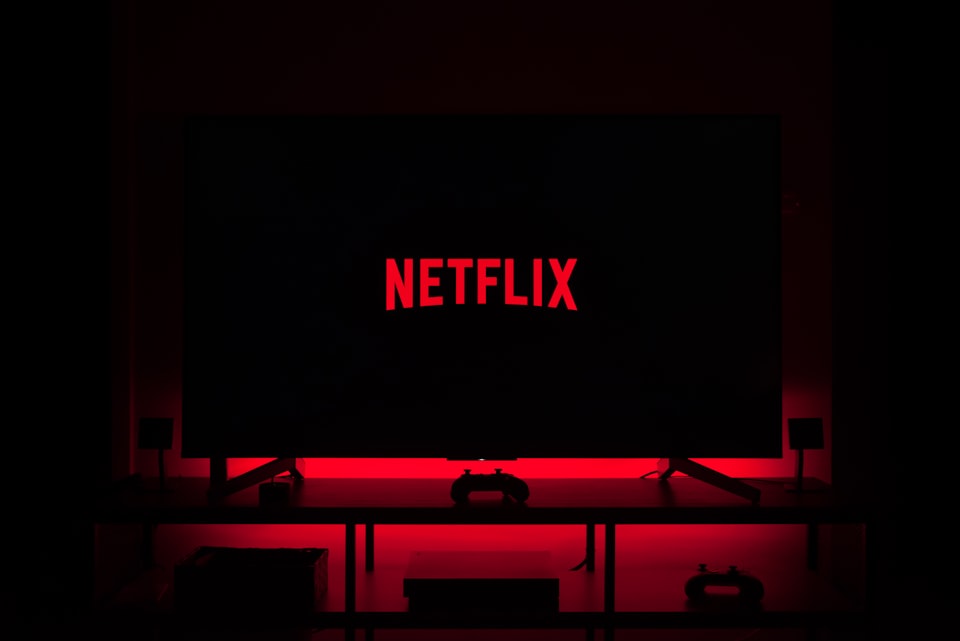Profile: Collaboration in the Last Frontier

The post was originally published on Medium on Oct. 18, 2016.
How public media stations in Alaska have made collaboration into business as usual.
Since I started my work in newsroom collaboration while working for KTOO in Juneau, it seems only fitting to tell the story of the collaborations that started me down this road.
Coast Alaska

Alaska is the home of the thousand mile reporter.
Newsrooms with a small number of reporters responsible for covering the news of regions that can encompass thousands of square miles are the norm. For reporters in Southeast Alaska — a region of 35,000 square miles, 40% of which are made up of islands, no road system, more than a thousand miles of international border, 16 cities and more than a dozen small villages — collaboration isn’t luxury, it’s been a core part of both survival and success for the five public media stations that make up CoastAlaska.
If you speak to reporters in each of the Coast stations, you would think you’re talking to a group of people who all work in the same newsroom. For them, nearly two decades of collaboration has rendered the endeavor nearly invisible. It’s simply part of the job, one that frees up these small pockets of news teams spread across the region to cover the news that matters most to their local communities and increases the amount of regional news they can serve to their audiences.
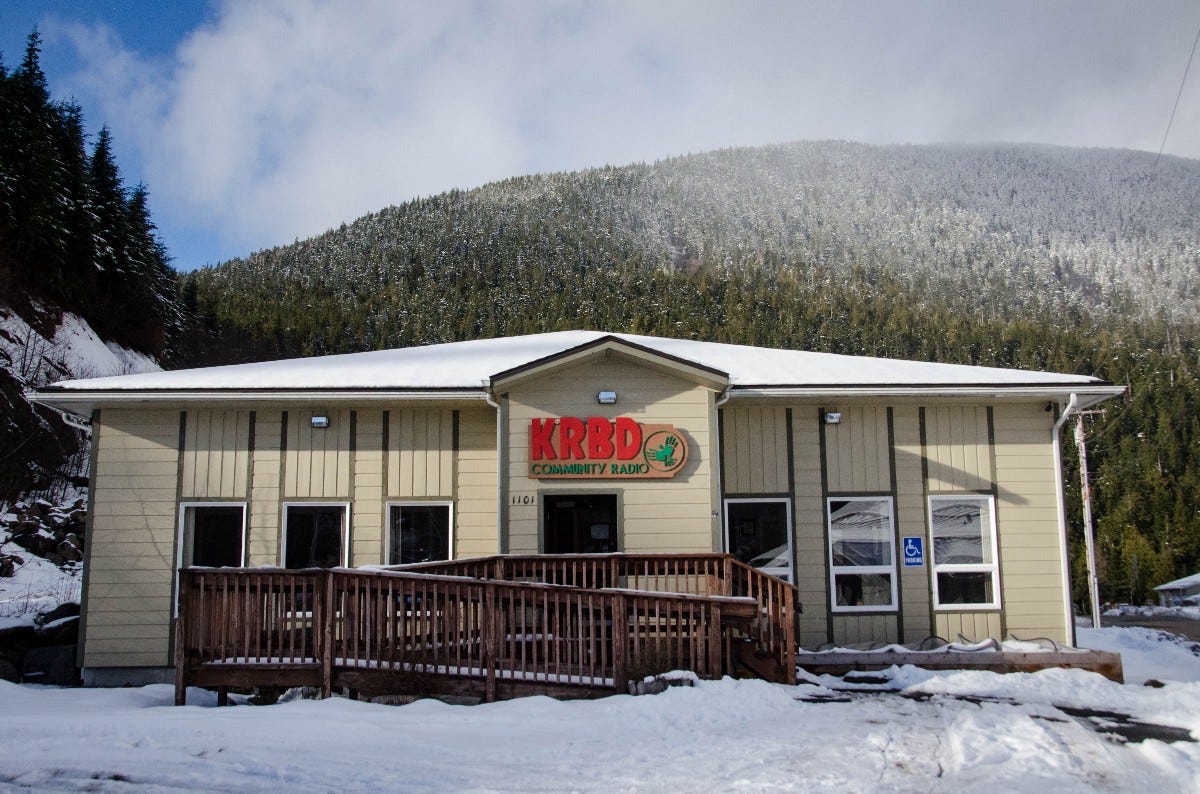
“Only one station has to do the story. And then the rest of us are able to pick it up and that’s really helpful especially for the tiny newsrooms that just don’t have the resources to cover every story that’s out there.” says Leila Kheiry, the KRBD news director and only full time reporter at the station in a city of a little more than 8,000 people.
“There’s things I don’t necessarily have to worry about when I see a news release, I don’t have to react right away because I know somebody else is going to pick that one up. That’s very helpful.”
Ask any of the newsrooms and everyone knows. KFSK News Director Joe Viechnicki puts out fisheries news from Petersburg. Regional News Director Ed Schoenfeld watches for Alaska Marine Highway stories and trans-boundary mine issues. Everyone knows that Kheiry has timber covered. KCAW’s newsroom in Sitka frequently picks up the Coast Guard stories and KTOO contributes government reporting out of the state capitol in Juneau.
No newsroom is limited to any beat however. Each operates as its own independent entity. This coordination and trust is a product of years of working together and of a clear set of expectations and agreements that go back decades.
CoastAlaska is the strategic solution born on borrowed time in the early nineties when the state’s budget began to struggle and funding became endangered. Between 1994 and 1998, KTOO, KCAW, KRBD, KSTK, KFSK and KHNS in Haines explored options to prevent the shutdown of multiple stations in the region. Complete consolidation was never an option. The identity and independence of each station was priority both to staff and to the communities. But the big picture was clear. Each station could try to go it alone, shut down altogether, or they could create a new structure that would support all of the stations.
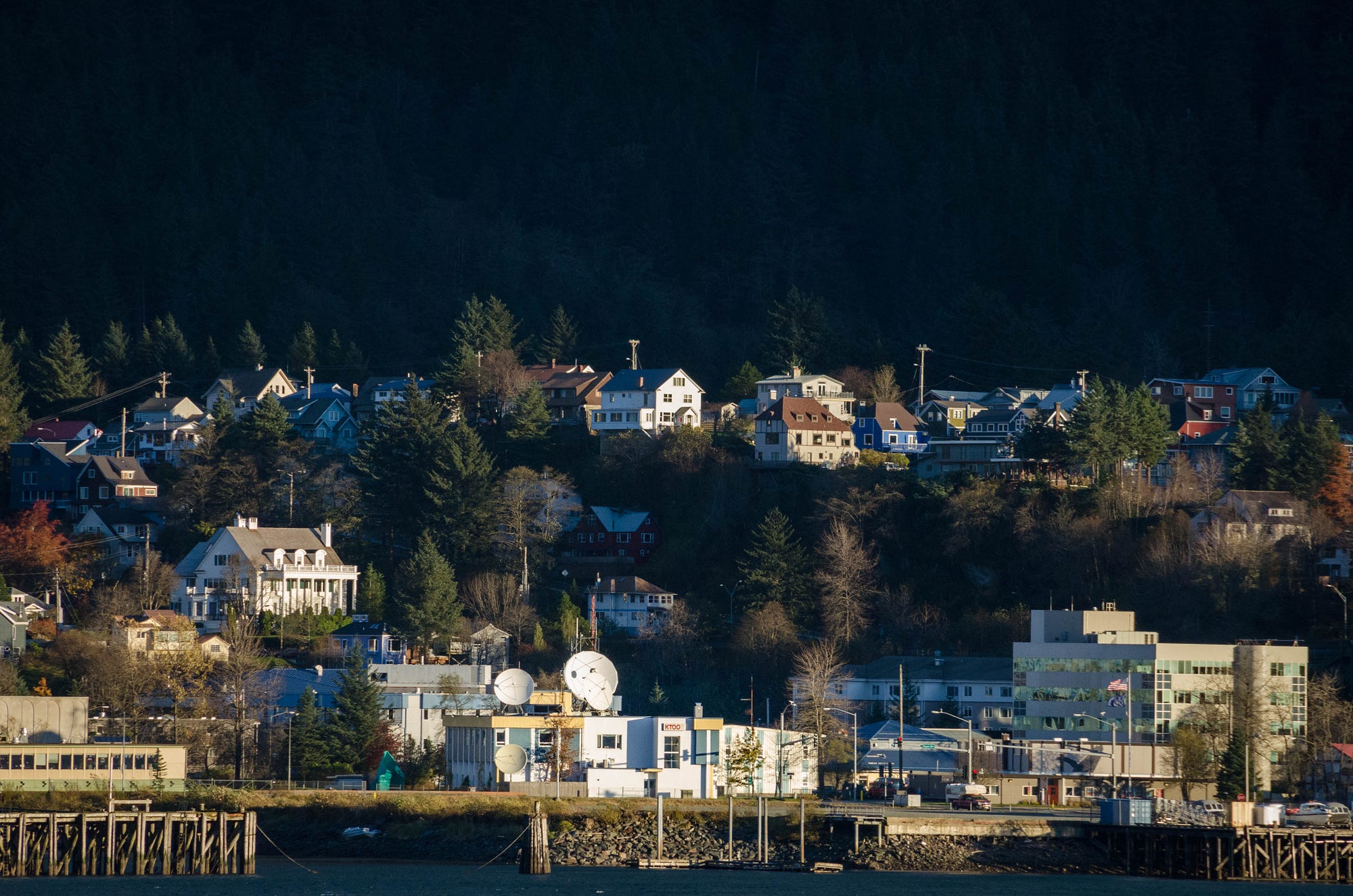
By 1998, the stations, minus KHNS, reached an agreement. They consolidated back-office support services while each station retained full control over editorial operations, schedules and facilities. CoastAlaska central operations are headquartered in Juneau at KTOO, where business staff, engineering, and membership would be based. These days, CoastAlaska brings in revenue providing those services to other stations in the state.
In the 18 years since, every station has voted yearly to remain in the consortium even as the financial situation has improved.
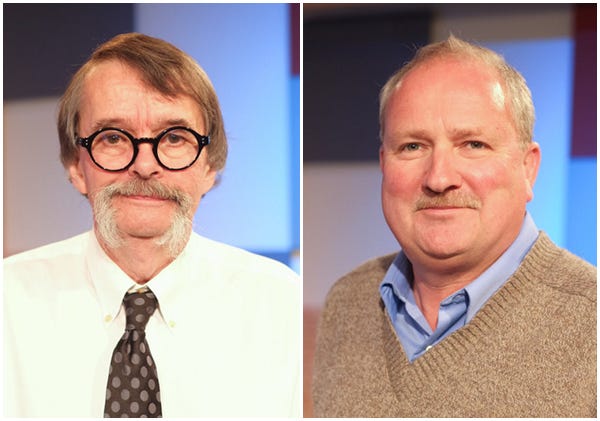
“It started out of economic necessity but I think pretty much [we] quickly realized that this was just better,” says Bill Legere, president and general manager of KTOO. He has been with the organization since before CoastAlaska was formed. “Even if we had all that state money back we wouldn’t have gone back to the old ways. So when things got better economically, nobody bolted.”
He highlights the importance of clear expectations and putting everything in writing.
“The big picture was easier to conceive of and agree to than the details were to implement. It didn’t take much time to put it all together. But there were like a million small questions that had to be answered and worked out,” Legere says.
CoastAlaska operates under the guidelines of the CoastAlaska Compact, which clearly spells out the responsibilities and structures of the partnership. The document has been updated several times over the years as the stations learned from early mistakes and started planning further ahead.
What can’t be captured on paper however, is the extent of the relationships between the nearly 20 reporters in the network

Ed Schoenfeld has served as the Regional News Director for CoastAlaska for the past 14 years. He’s witnessed much of the evolution in communication and coordination between the stations.
“What’s great about having developed this long term collaboration is that people don’t have to go through me. I remember when I started there were a couple people who, I don’t want to say feuded, but didn’t really have full trust with other people in the operation so they would sort of call me to complain,” Schoenfeld says. “And I just made sure that whenever we got together that I encouraged them to talk to each other. I encouraged them to get to know each other, get to trust each other a little more. And that’s cleared itself up.”
Stations currently do most of their communication via email and RadioLand, a homegrown online content board where reporters can share what they’re working on.
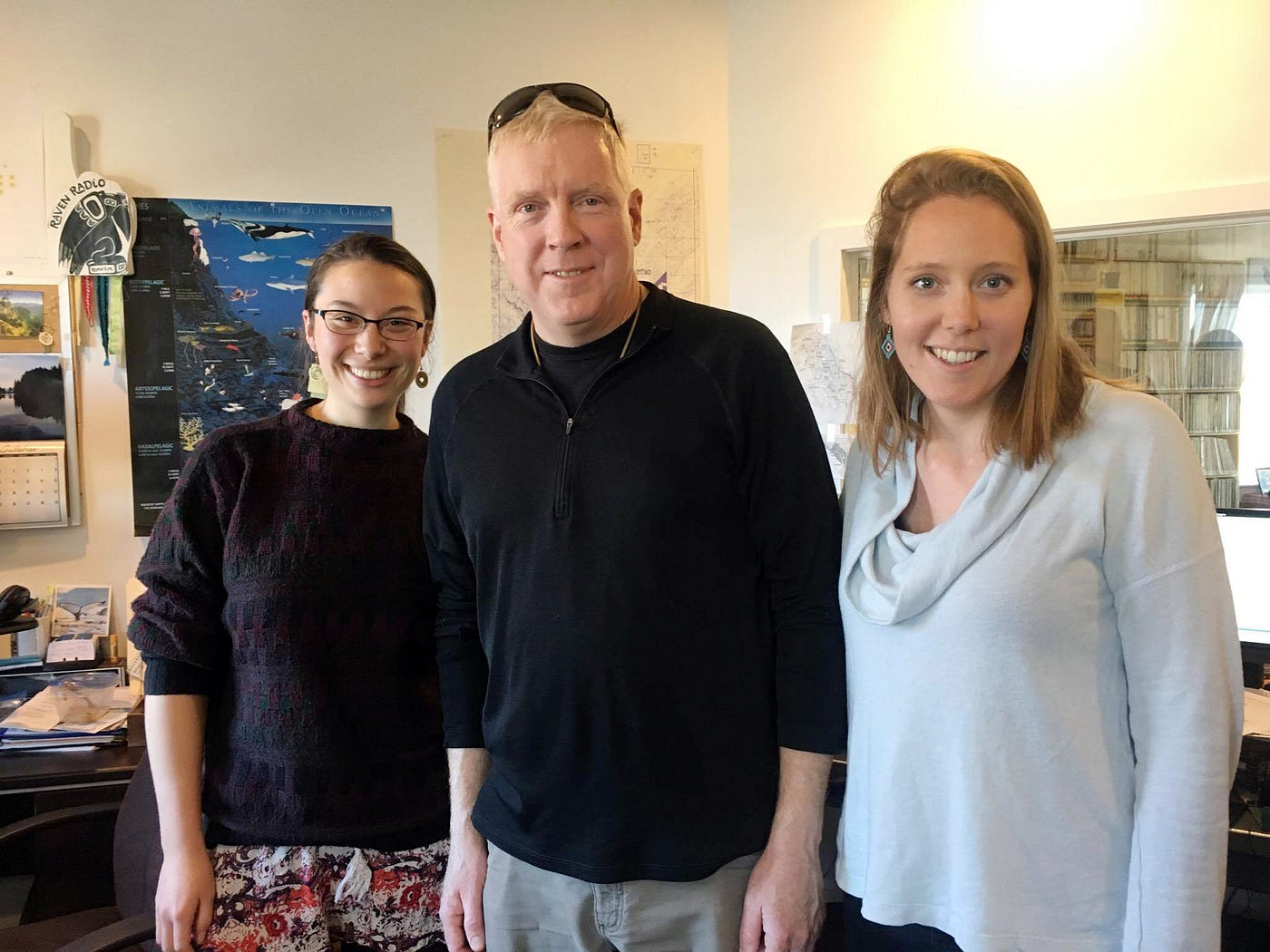
Robert Woolsey inherited collaboration when he joined his newsroom in 2001, later becoming news director in 2003.
“I think part of collaboration is just changing the paradigm about the way you work,” Woolsey says. “We feel like our workday is incomplete if we have not posted to RadioLand. Collaboration involves each party taking one step toward each other. It’s got to be an intentional sort of move.”
Coast stations participate in regular teleconferences as well as take advantage of yearly opportunities to get everyone together in the same place.
“After the first couple of CoastAlaska meetings, I was sort of like “been there done that,” I don’t really have anything to learn,” Woolsey says. But some regional training workshops a few years ago along with thinking about how to help new reporters at KCAW engage with the network revitalized his interest in participating
“I want them to see that and feel the love, get to know and be inspired by the people working in the region,” Woolsey says. “I’ll attend any meeting. I’ll attend any conference. I don’t care what’s on the agenda as long as we get to hang out in a room together and talk and laugh and explore some kind of new ideas. I think it’s really beneficial for supporting the collaborative network that was here when I started.”
Beyond the support system that’s now in place that all of the reporters can call on, the effort has helped set the stations on more financially sound footing. And this goes beyond just cost-saving measures.
“Collaboration is highly thought of by potential funders,” Legere says. “It’s much more appealing, especially, to see surprising collaborations or collaborations between two organizations that you might think are competitors.”
How can newsrooms collaborate when it’s tradition to compete? It’s the question that comes up in nearly every conversation about collaboration.
“Folks want other people to hear their stories,” Schoenfeld says. “Are you going to just get this story for the 2,000 people in Valdez and maybe 500 who might look at your website, or do you want just about every Alaskan to have the opportunity to hear it? Well, duh.”
Some stations have expanded collaboration beyond the realm of public media. For the local election, KTOO and the local newspaper, the Juneau Empire worked together to present community forums.
Legere says both organizations benefit. “The reporters seem to like working together rather than being strangers and competitors. It makes their world a little bigger,” Legere says. “The Empire and KTOO get a lot of credit from the community for pulling together.”
Both newsrooms refer to the collaboration in their reporting and link to the other’s work.
“We expand our audiences when we do that and I suspect the Empire does too,” says Tim Olson, the assistant general manager for news and public affairs at KTOO.

For the Coast stations, the priority is the audience. Kheiry says she’s most focused on delivering the news to her community. Letting stories go to other reporters is what gives her the time to do that, even though letting go can be tough.
“Even with our very good partnership with Coast there are still times when I’m like ‘but I want to do the story!’” Kheiry says. “But I know that I can’t do it all or I will just kill myself. So I take a deep breath and let it go and know that I will get my own cool story later on.”
Woolsey says that when the NPR changed the schedules last year to shorter segments and KCAW cut regional news from the other stations, listeners were practically at their door with pitchforks. He says his listeners want that content and rather than worrying about competing with those stations, having partner stories only makes his station look better.
“Ketchikan is a peer of Sitka and Juneau and I feel nothing but love for both stations and I celebrate their great stories and play them and I don’t go ‘damn that should have been us.’ I don’t think that at all, because the audience doesn’t think that at all. I think the audience looks at us as kind of a large aggregate anyway,” Woolsey says.
“If it’s coming out of our radio, we’re doing great. So I am perfectly happy to have great content from anybody in our network on our air and I’m getting credit for it.”
Having put years into making this system work, Coast members have some advice for newsrooms looking to collaborate.
Schoenfeld says balancing the needs of the partners is important.
“The larger operations have to understand what demands are fair to put on the smaller operations. And as much as you want to have a system-wide approach, you also have to consider not just resources but personalities. Some people are easier to work with than others.”
“From the very start, it’s nice to look for people that share some of your values and the way that you do things,” says Olson. “You don’t have to be a perfect match and be all in lockstep doing things together, but it’s nice if the overall goals and values have some alignment to start with.”
Note: There is an in-depth case study of the formation of CoastAlaska and its operations from a business perspective that’s coming out in late October. I’ll update this post with a link as soon as it’s available.
Alaska Public Radio Network
Where CoastAlaska occupies the space of a tightly integrated regional collaboration, the Alaska Public Radio Network is a statewide coordinated effort to harness news from across the state for the daily Alaska News Nightly program.
The effort is managed at Alaska Public in Anchorage, a station that has been around since 1975.
Each of the member stations contribute a fee to support having a reporter in the state capitol and Washington D.C. as well as to support the production of the daily news product.
The network relies on each station covering its community and region and contributing stories of statewide interest to the network. The complete nightly broadcast is then picked up by each of the member stations.
“This network is the envy of other news organizations in the states, because we do have people in those communities that are very close to those issues,” says Lori Townsend, news director for Alaska Public.
“I think that’s tremendously valuable what we have, we’re not just parachuting people into different areas when there’s a story. There’s people there all the time.”
In addition to contributing stories to the nightly newscast, stations make stories available to each other in the network, sending scripts and audio files via email and FTP.
However, when major events happen, the partnership goes beyond just content.
“I think when a network like ours really shines is if something big happens, people are great about backing up other stations, other reporters,” Townsend says. “A good example is when when the big Kenai Peninsula fire happened three years ago, we sent people down there because the reporter at KDLL had gone on vacation and the fires were getting worse and worse. So we sent reporters down there to help.”
Alaska’s Energy Desk

While a key player in CoastAlaska, KTOO is also fostering new collaborative partnerships. Last year the organization spearheaded an effort to increase the number of reporters in the network and to focus those new positions on the rapidly changing energy and environmental situation in Alaska.
The campaign was a success with the Corporation for Public Broadcasting awarding $775,000 to KTOO, Alaska Public and KUCB in Unalaska to unite and cover energy issues in depth. The overall project is managed by Tim Olson at KTOO with Annie Feidt from Alaska Public serving as the managing editor.
The team has published more than 100 stories and 18 videos in the past few months, though Feidt says the team is still growing.
“We’re still finding our footing a little bit especially in terms of the collaboration with the networks. How we can make sure we’re working collaboratively with the network and not just stepping on toes,” Feidt says. “So far the response from news directors have been really good and we have a lot more horsepower to cover these really important issues.”
Legere and Olson were the primary architects of the project and see it as an opportunity to expand how these issues are reported on. In particular, Legere highlights the advantages of having a distributed team covering the issue from both Anchorage, which is home to many of the oil companies, and Unalaska, where the rural perspective and proximity to operations makes different kinds of stories possible.
Olson says there have been the usual growing pains of getting a group from different newsrooms to find a common process for deciding stories, reporting and editing.
“[It’s] very hard, when people’s workflow and method of doing these things is so different with different sorts of final outcomes intended. They really can sort of be at cross purposes.” Olson says.
The team recently got together to refine plans and decide on how their editorial process would work.

Beyond editorial, a thorough Memorandum of Agreement guides the overall structure of the initiative.
“ One thing that’s kind of invisible to the reporters and editors, but I felt was important to do, is we spelled out every possible administrative detail in writing in a memorandum of agreement among the three partner stations. And I thought of everything that I could possibly think of that could ever happen,” Legere says. “ So it’s a long memorandum of agreement. Longer than you’d think we would need if we were just getting together, but I didn’t want any surprises in terms of the administrative details.”
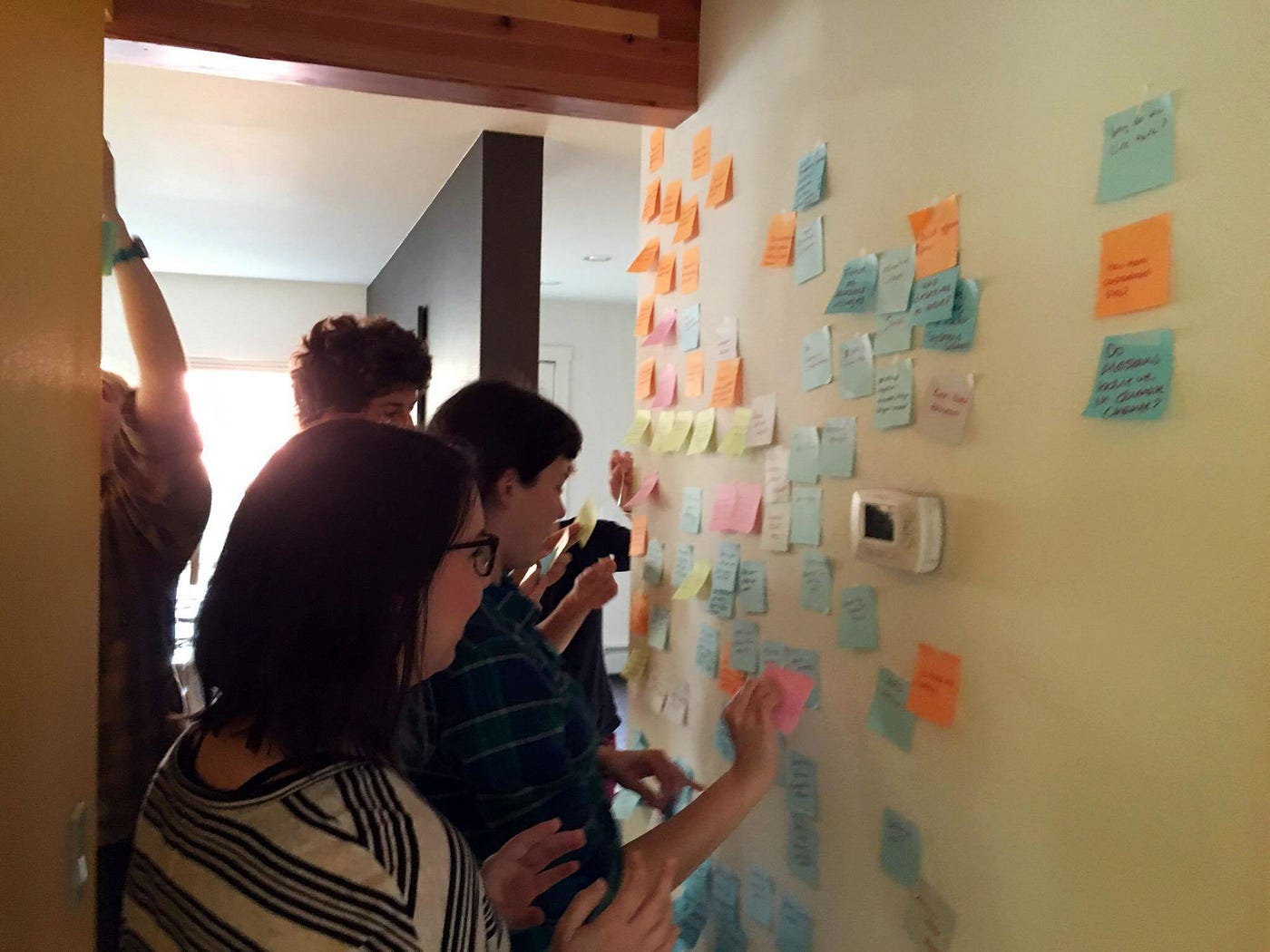
Takeaways
What works in these collaborations?
- Communication — Everyone is in constant contact via email, teleconference, RadioLand and face-to-face meetings.
- Trust — The relationships between the stations are longstanding and the growing pains are mostly over.
- Governing documents — The collaboration is governed by clear agreed obligations and expectations.
- Ownership of niches — Reporters have the opportunity to have ownership of a beat or area of expertise.
- Regional guidance — The regional news director position helps provide continuity and support to each of the stations.
What are the pain points?
- Technology — There’s no seamless way to transfer content between stations. Updates to story are communicated via email. Passing large files requires FTP. It’s easy for stations to pull content into their newscast but not onto their website. This can lead to challenges when a listener hears a story from a different station on their local channel and then attempts to find that story on the local station’s website.
- Varying publishing needs — Larger stations have the resources to rewrite for web and create visuals to accompany stories. Stations with fewer resources don’t have the time to do an extra version of a story or provide visuals to accompany online copy.
- Potential for miscommunication — Working remotely introduces possibility for miscommunication or misreading tone.
- Toe stepping — Sometimes, multiple stations need to do their own versions of a story no matter who else is working on it.
- Different editorial process — Smaller stations don’t always have time to have a second person do an edit. Larger stations often make it an expected part of the process. This makes it important to have a clear idea of what the process will be on jointly reported stories.
Are you part of a newsroom that has participated in collaboration?
I’d love to speak to you.
Note on republished posts: In an effort to consolidate and preserve my online work, I'm re-publishing my own writing on this site. Posts will stay live and archived on their original sites for the sake of preserving links (for as long as those sites are still live). Content produced for other publications will remain unique to those publications, but I will include links on my work page.
